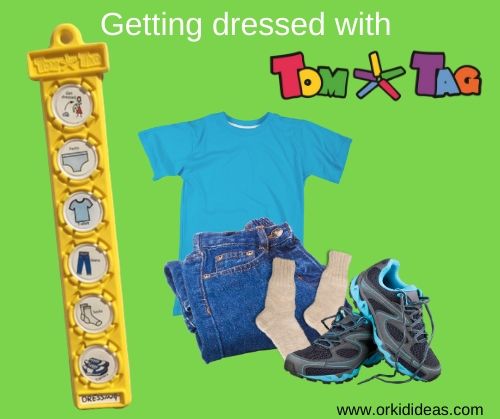
Getting dressed independently is an important life skill for autistic children. Teaching dressing skills to my autistic son required a lot of time, practice, and patience.Putting on clothes in the right order, fastening buttons and zips and tying shoelaces involves mastering many skills. Add sensory triggers into the mix and it is easy to see why it took him longer to develop dressing skills compared with other children his age.
However, it is worth the effort. Being able to get dressed by themselves gives autistic children confidence to function independently at school and it’s one less thing for you to worry about in the mornings!
Now is the perfect time for your autistic child to start developing their dressing skills. With schools closed, there’s no pressure to get everyone fed, dressed and out of the front door in the morning so there’s plenty of time to practice at your child’s own pace.
Let’s practice!
Getting dressed takes a lot of motor skills that autistic children may need time to develop. Balance and co-ordination of movements are needed to get their limbs in all the right places. Fine motor skills help them deal with many types of fastenings.
Improving motor skills does not have to be boring! Here are some activities you can do at home with your child to make practice fun.
- Practice balance by making a line on the floor and step with one foot in front of the other like “tightrope walking”. You could make it more interesting by pretending that they are walking a tightrope across a river full of snapping crocodiles!
- Work on fine motor skills with a hidden treasure hunt. Fill a tub with rice or another pulse and hide small objects such as cars, or small figures and ask your child to find them. Sand play and messy play are also activities which practice fine motor skills.
- Therapy putty is ideal for developing the hand strength needed to manipulate clothing and fastenings.
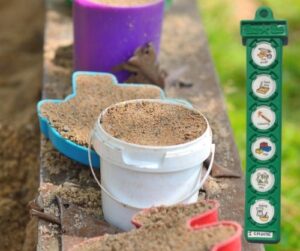 Use a TomTag visual list to help your child choose their preferred activity. Our new Early Years Activities sticker pack has lots of activities that make fine motor skill practice part of playtime.
Use a TomTag visual list to help your child choose their preferred activity. Our new Early Years Activities sticker pack has lots of activities that make fine motor skill practice part of playtime.
Getting Dressed
Once you’re ready to practice dressing try ‘backward chaining‘ . This method lets the child feel accomplished every time. They start with the last step then work backward from there.
Little changes can make a big difference in reducing your child’s frustrations while dressing. Here are some things you can do to make things easier for them.
Clothes
- Choose trousers or skirts with elasticated waists where possible and opt for loose fitting items with velcro or large buttons which are easier to put on than tight fitting ones.
- Use a simple visual checklist like TomTag showing what order each item of clothing should be put on. You could also lay the clothes out in the shape of a body to help with visualisation.
- Offer a choice, “ you can wear the blue shirt or the red shirt”.
- Lay out clothes the night before, making sure they are the right side out.
- Organise the wardrobe separating play clothes, school clothes and ‘going out’ clothes
 Socks
Socks
- Begin with large, short socks that slip more easily over the feet.
- Show your child how to scrunch longer socks up first before pulling them on
- Socks with colored heels make it easier to get them the right way round. We love the brightly coloured Ez Socks from Special Kids Company that also have handy pull up loops.
- Try Little Grippers school socks for socks that stay on – and up! – all day long.
 Shoes
Shoes
- Having a designated place for shoes will save valuable time spent hunting for them
- Start with slip on shoes or use no tie elastic laces such as Hickies, Greepers and Lock Laces
- Teach shoe tying with a step by step approach. The ‘bunny ears’ is a popular method and YouTube is an excellent resource for demonstrations of this and other tying methods.
 Coat
Coat
- Start practising with different, larger types of coat.
- If the sleeve by sleeve approach isn’t working try this flip flop over the top method wonderfully described by Connectability.ca – you might want to stand well back until they get better at this one though!
- Attach a zip pull or a key ring to the zip to help with gripping the tab and make zipping easier.
 Well done!
Well done!
Don’t forget to give plenty of praise to your child for their efforts at each stage and consider using a star chart to help them establish their routine.
Sensory and developmental issues
If your child is sensitive to clothing consider how to reduce their sensory triggers .
Check for labels and seams that might cause irritation and cut them out where possible. Wash clothes several times before wearing to help soften them.
The Sensory Smart Store started by a mum of an autistic boy with sensory processing disorder has a great range of clothes to help sensitive and sensory children and adults. Whilst EcoOutfitters offer school clothing made from 100% pure organic cotton.
Dressing in front of a mirror provides important visual cues that can help a child with sequencing, body planning and body awareness. If your child continues to have difficulty with dressing, a qualified occupational therapist should be able to help.
Have you any tips or experiences to share about teaching dressing skills? We’d love to hear from you in the comments below.
Resources

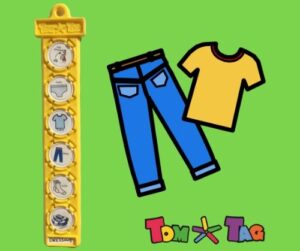

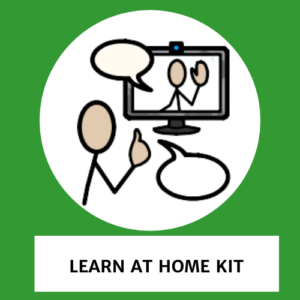
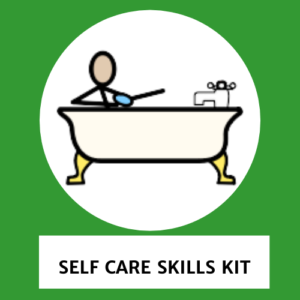
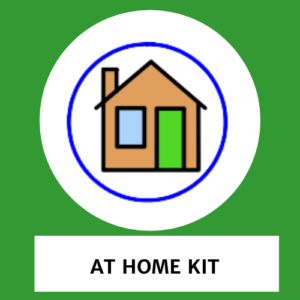


[…] so far, your children will be well on their way to being able to wash, brush their teeth and dress themselves independently. These skills are the essential building blocks they will need to help them […]